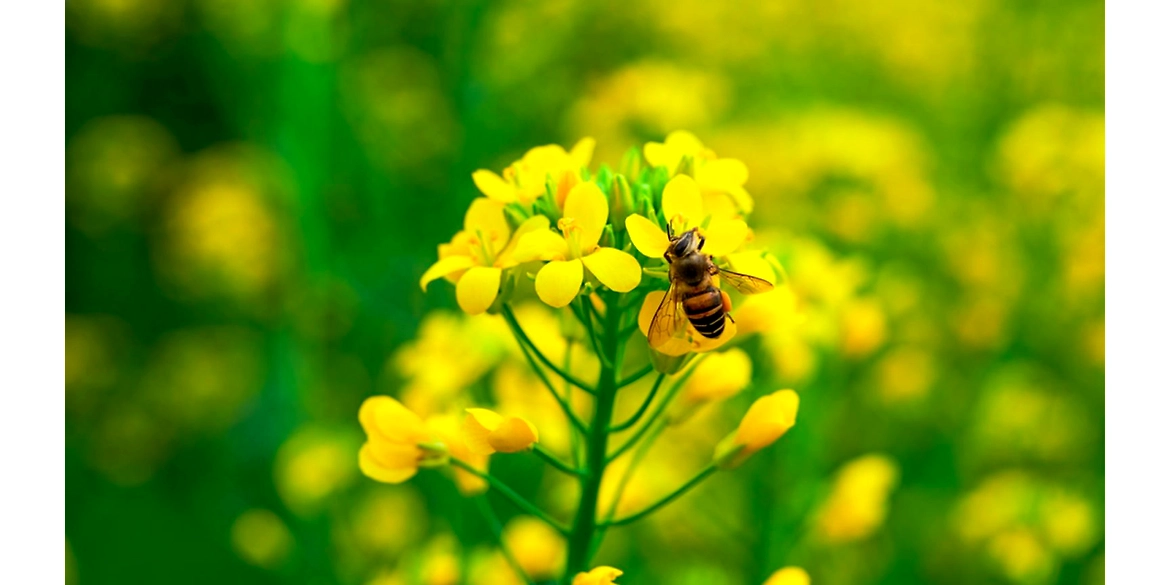Shafia Food Company started its journey of getting the best products in their natural form for its valuable customers in the year 2019. We believe in delivering products with high standards like purity, quality, and taste with our sincere efforts to ...
- (+91) 9979550421
- imdadali@shafiaindia.com
- 67/109,Zahirabad, , Himatnagar, Gujarat, India. 383001
© 2020 SHAFIA FOOD COMPANY. All Rights Reserved


Honey lasts for how long?
Honey has a long shelf life. Scientists found honey pots in Egyptian tombs that were thousands of years old and still edible! Since it contains low moisture, strong acids, and antibacterial compounds, it is almost impossible to spoil as long as it is sealed. Keep or store it in a tightly closed jar in a dry, cool place, such as the pantry. If it gets crystals, put it in an open, non-plastic container in a pan of warm water until it's clear again.
Do you trust that the Honey we sell is pure?
Honey can only be chemically tested in a laboratory (none of the other methods are accurate), so we test every batch of our Honey in an FSSAI & Agmark-approved lab before it is bottled. Customer trust is the single most important thing, and one will do whatever it takes to maintain that trust.
Crystallized Honey, is it pure?
It is sometimes seen that Honey becomes like a creamy granulated substance.
It can either happen fully or partially in a jar of Honey and when they see this, our customers tend to doubt the quality of the product. Pure raw Honey, on the other hand, will crystallize like this, but popular brands of Honey will not as they use anti-granulation chemicals to keep the Honey liquid throughout the year.
Next time you see a jar of crystallized honey, do not assume it is degraded; it might be pure Honey. Honey brands usually add anti-granulation chemicals to prevent granulation/crystallization. Well, it is important to note that not all liquid Honey is processed because the composition of Honey (the ratio of fructose to glucose) and the storage temperature determine whether the honey will crystallize.


Honey: Where Does It Come From?
It comes from farms where bees pollinate fruits, vegetables, and fruit trees. Beekeepers in the United States collected 148 million pounds of honey last year. The top honey-producing states are North Dakota, California, South Dakota, Florida, and Montana. As in addition to pollinating a third of our crops, bees contribute at least $15 billion to harvests annually.
Sugar vs. honey
Honey may have an edge in this debate. It contains antioxidants, amino acids, and vitamins. However, some experts say honey's benefits are too small to matter. Honey has 21 calories per teaspoon, compared with 16 for sugar. Honey should not be given to children under one year of age. There may be trace amounts of botulism in it, which will make them sick.

